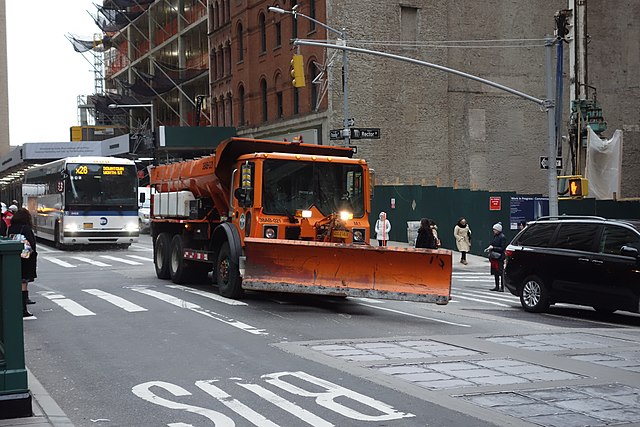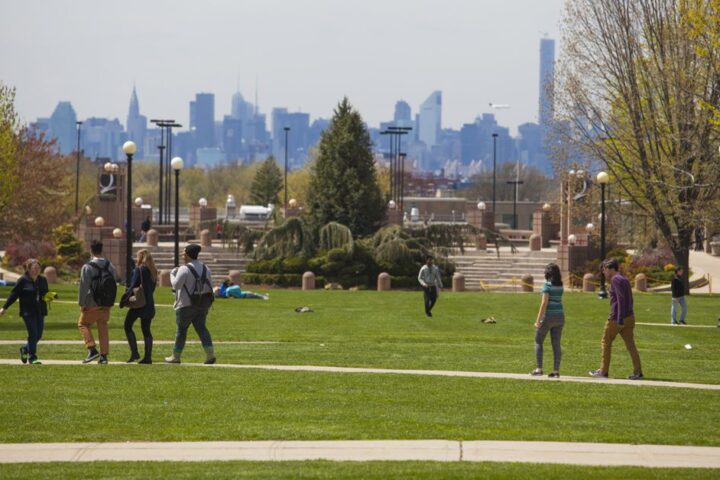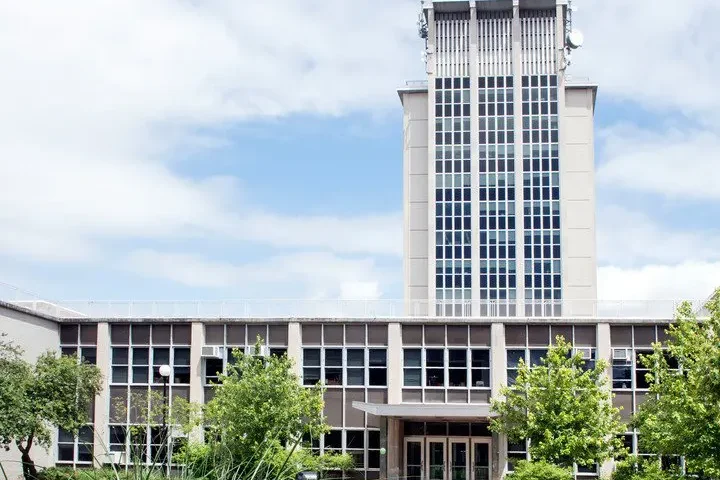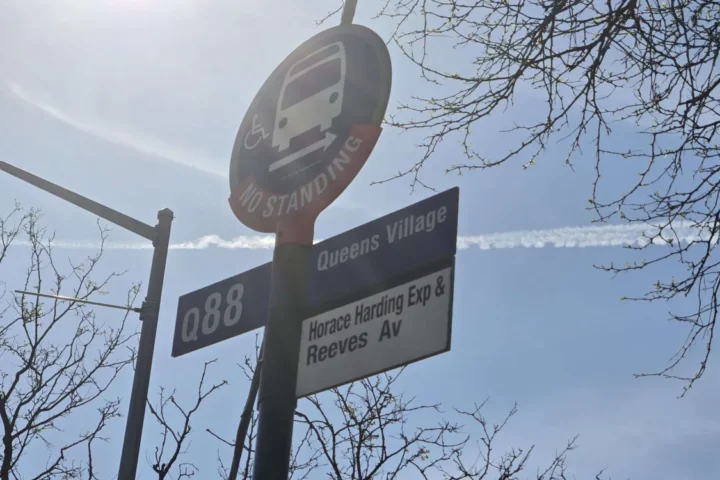New Yorkers are used to shaking the snow off their boots and umbrellas in the winter, but now we’re shaking off the dust that these items have collected in our closets. This is the longest winter that New York City has had without snow, since all the way back in Jan. 29th in 1973. Therefore, many might ask, why is this happening and the answer is simple: climate change.
Jet streams are a flow of air, located at a high altitude, that divides cold and warm air. In these relatively narrow bands of strong wind, the winds blow from west to east often meandering from north and south. Although these shifts in the jet stream are normal, climate change is changing the jetstream pattern; hence it is getting stuck in certain configurations more often.
Stephen Pekar, an Earth and Environmental Sciences professor at Queens College, spoke to The Knight News about this phenomenon. He informs us that the jet stream changes its shape over the course of a week or so, but this winter it has been mainly dipping over the western United States, forming a ridge over the eastern half of the country.
“This has resulted in cooler temperatures and more precipitation over the west and less cold conditions over the eastern half and for the storm tracks to move toward the Great Lakes,” Professor Pekar said. “Normally those storms should be getting to the east coast and clobbering us with snow, but even the ones that go up the east coast, the air is too warm, and we are still just getting the rain.”
The best climate experts have mentioned that if the global temperature goes above 1.5 degrees Celsius, there would be a climate catastrophe and the climate has increased about 1.1 degrees Celsius globally. As Professor Pekar assures, we are already seeing the effects of climate change and these events will only become more frequent and even more extreme in the coming decades.
Some examples that he brings up during our discussion are never-before seen heat waves, hundred-to-thousand year floods that are occurring more often, and droughts that have not occurred in at least thousands of years. This information puts everything in a new perspective, because this lack of snow this winter may be warning us about the damaging effects of climate change.
Professor Pekar provides us with three possible explanations as to why there was a lack of snow. First is natural climate variations, changes in the jet streams, and most importantly global warming.
Lance Vidaure, a 19-year-old Computer Science major, spoke to The Knight News saying, “I am not worried about the lack of snow, but it just felt weird how spring is also coming, and we have not experienced such big snow days like usual.”
As one might conclude, the absence of snow is not an event that we see every winter and hence one that we know much about. Therefore, Queens College has made available a course titled, GEOL 078: “Climate Change: What It Means to Us and What We Can Do About It” to help QC students understand this vital issue.
It is not too late to change our future, but there must be action. Professor Pekar advises the youth that, “We just need to educate ourselves and then vote for the candidates that will do the right thing about climate change.”
If you would like to help the community and our environment you can contact The School of Earth and Environmental Sciences (SEES) Club at QC.











